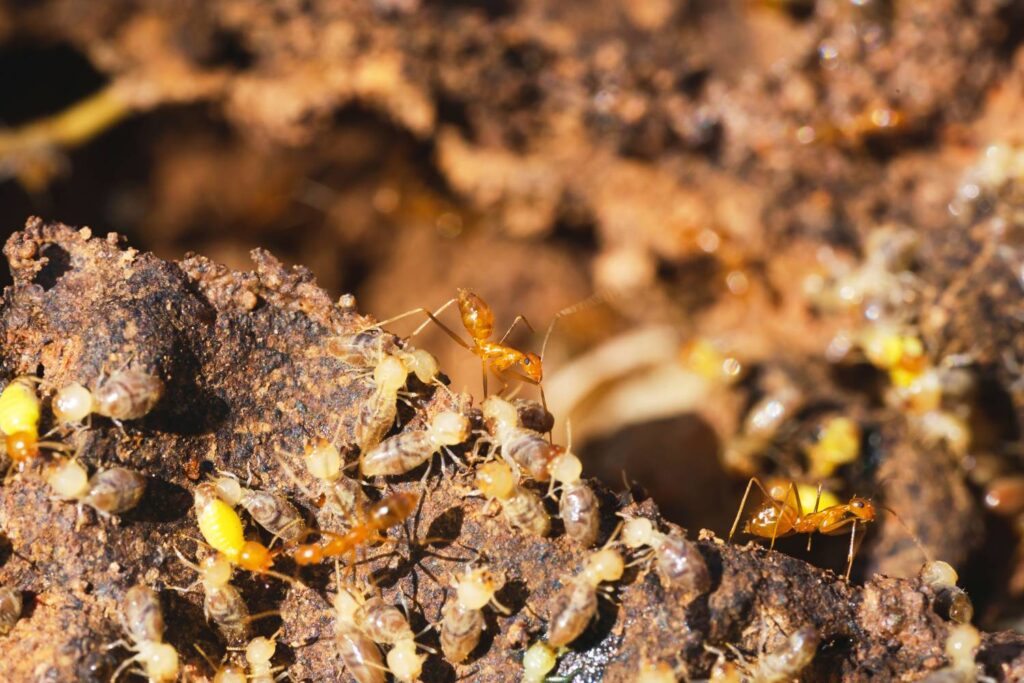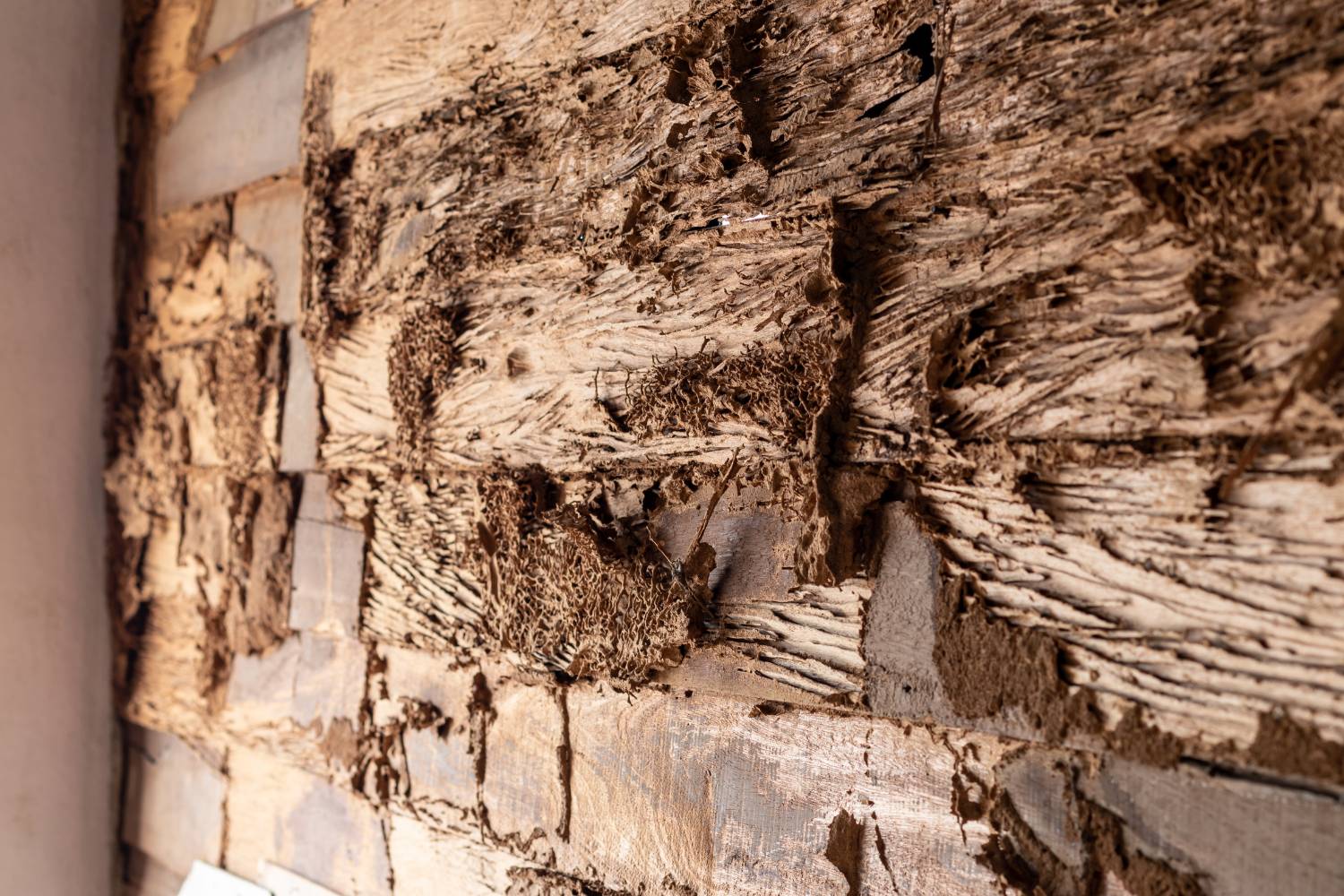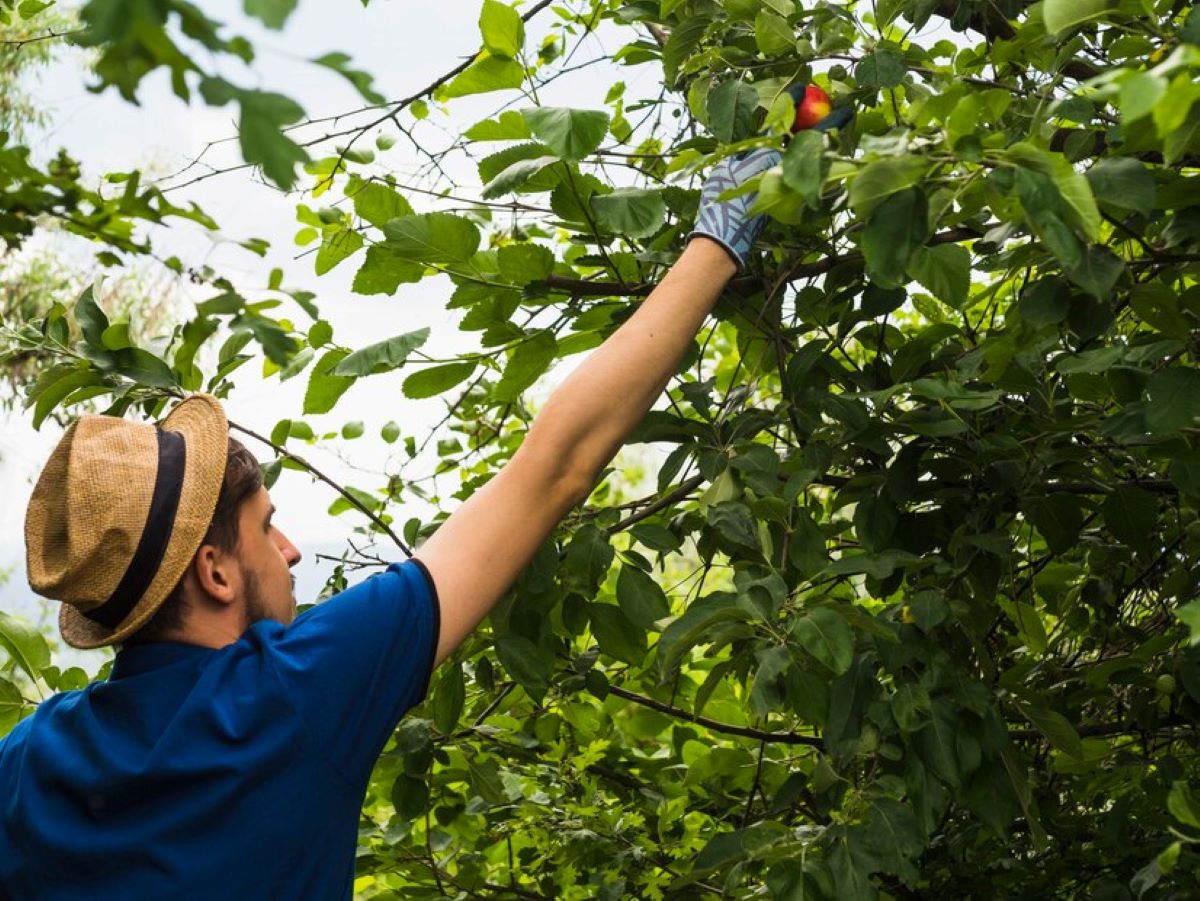Termites are often referred to as the silent destroyers of the property world, causing significant damage before their presence is even detected. In Sydney, where the climate is particularly conducive to termite infestations, a thorough termite inspection is essential for homeowners and property managers alike. This article delves into the importance of termite inspections, what the process entails, and how to choose the right professionals for the job.
Understanding Termites and Their Threat
Termites are small, social insects that thrive in colonies and feed on cellulose found in wood and other plant materials. While they play a crucial role in the ecosystem by breaking down dead trees and returning nutrients to the soil, their appetite for wood can wreak havoc on structures. It is estimated that termites cause billions of dollars in damage to homes and buildings each year, making them one of the most destructive pests homeowners can face. Their ability to remain hidden within walls and foundations often allows infestations to go unnoticed without termite inspection sydney until significant damage has occurred.
Types of Termites
In Sydney, the most common types of termites include the Eastern Subterranean Termite, the Formosan Termite, and the Drywood Termite. Each species has its own habits and preferred nesting sites, which can influence how they invade properties. The Eastern Subterranean Termite, for example, typically nests underground and can create extensive tunnel systems, while the Formosan Termite is known for its aggressive nature and ability to thrive in a variety of environments, making it particularly challenging to control. Understanding these differences is key to effective prevention and treatment, as targeted approaches can significantly improve the chances of successfully managing an infestation.
Signs of Infestation
Homeowners should be vigilant for signs of termite activity. Common indicators include:
Frass: This is the droppings of termites, resembling small wood pellets.
Hollow-sounding wood: If tapping on wood produces a hollow sound, it may indicate internal damage.
Mud tubes: Subterranean termites create mud tubes to travel between their nests and food sources.
Additionally, homeowners may notice discarded wings near windows or doors, which can indicate that a swarm of termites has taken place. This is particularly common during the warmer months when reproductive termites leave their colonies to mate and establish new colonies. Furthermore, unexplained cracks in walls or ceilings can also be a subtle sign of termite activity, as the structural integrity of the wood may be compromised. Regular inspections and maintenance can help detect these signs early, allowing for prompt action to mitigate any potential damage. Read more about termite infestations at https://www.epa.gov/rodenticides/identify-and-prevent-rodent-infestations
The Importance of Regular Inspections
Regular termite inspections are vital for early detection and prevention of infestations. These inspections can save property owners thousands of pounds in repair costs and protect the structural integrity of their homes.

Preventing Costly Repairs
Termite damage can escalate quickly, often going unnoticed until it becomes severe. By scheduling regular inspections, homeowners can identify potential issues before they lead to extensive damage. This proactive approach not only saves money but also ensures peace of mind.
In addition to financial savings, early detection of termite activity can prevent the emotional stress associated with discovering significant damage. Homeowners often have a deep emotional connection to their properties, and the thought of an infestation can be distressing. Regular inspections allow for a thorough examination of the property, including hidden areas such as basements and attics, where termites are likely to thrive unnoticed. By addressing any signs of infestation promptly, homeowners can maintain the comfort and safety of their living spaces.
Compliance with Insurance Policies
Many insurance policies require homeowners to maintain regular pest inspections as a condition of coverage. Failing to do so can result in claims being denied. Regular inspections demonstrate that property owners are taking the necessary steps to protect their investment.
Moreover, being compliant with insurance requirements not only safeguards against potential financial loss but can also enhance the property’s overall marketability. Prospective buyers are often more inclined to consider homes that have a documented history of regular pest inspections, as it reflects responsible ownership and care for the property. This can be particularly advantageous in competitive real estate markets, where buyers are looking for assurances that their investment is sound and free from hidden issues. Thus, regular inspections serve a dual purpose: they protect the current homeowner and add value to the property for future transactions.
The Termite Inspection Process
Understanding what to expect during a termite inspection can alleviate concerns and ensure that the process runs smoothly. A professional inspector will follow a systematic approach to assess the property.
Initial Assessment
The inspection begins with a thorough visual assessment of the exterior and interior of the property. Inspectors will look for signs of termite activity, including mud tubes, frass, and damaged wood. They will also check for conducive conditions such as moisture, wood-to-soil contact, and inadequate ventilation.
Detailed Inspection
After the initial assessment, the inspector will conduct a more detailed examination. This may involve using specialised tools such as moisture meters and thermal imaging cameras to detect hidden infestations. Areas such as basements, attics, and crawl spaces will receive particular attention, as these are common nesting sites for termites.
Reporting Findings
Once the inspection is complete, the inspector will provide a detailed report outlining their findings. This report typically includes:
Evidence of termite activity
Recommendations for treatment or prevention
Information on any conducive conditions that need addressing
Choosing the Right Termite Inspection Service
Selecting a reliable termite inspection service is crucial for ensuring a thorough and effective inspection. There are several factors to consider when making this choice.
Qualifications and Experience
It is essential to choose a company with qualified and experienced inspectors. Look for certifications from recognised pest control organisations, as these indicate a level of professionalism and knowledge. Experienced inspectors are more likely to identify subtle signs of infestation that less experienced individuals might miss.
Reputation and Reviews
Researching a company’s reputation is vital. Online reviews and testimonials can provide insights into the experiences of previous clients. A company with a strong track record of customer satisfaction is more likely to deliver quality service.
Comprehensive Services
Consider choosing a company that offers a range of services beyond inspections. This can include treatments for infestations, ongoing monitoring, and preventive measures. A comprehensive approach ensures that all aspects of termite management are covered.
Post-Inspection Actions
After a termite inspection, property owners may need to take specific actions based on the inspector’s recommendations. These actions can vary depending on the severity of the infestation and the conditions of the property.
Implementing Treatment Plans
If termites are detected, the inspector will recommend a treatment plan. This may involve chemical treatments, baiting systems, or physical barriers. It is crucial to follow the recommended treatment to eliminate the infestation effectively. To learn more about controlling termites click here.

Making Necessary Repairs
In cases where damage has already occurred, homeowners should address repairs promptly. This may involve replacing damaged wood, sealing entry points, and improving drainage around the property to reduce moisture levels.
Preventive Measures for Homeowners
In addition to regular inspections, homeowners can take several preventive measures to reduce the risk of termite infestations.
Maintaining Proper Drainage
Ensuring proper drainage around the property is essential. This includes directing downspouts away from the foundation and ensuring that gutters are clean and functioning correctly. Reducing moisture levels around the home can deter termites from establishing a colony.
Storing Firewood Properly
Firewood should be stored at least 20 feet away from the home and elevated off the ground. This practice helps prevent termites from accessing the wood and subsequently invading the property.
Conclusion
Termite inspections are a critical step in preserving property in Sydney. By understanding the risks associated with termites, the inspection process, and the importance of choosing the right professionals, homeowners can take proactive measures to protect their investments. Regular inspections not only save money in the long run but also provide peace of mind, ensuring that homes remain safe and secure from these destructive pests.
Ultimately, investing in a comprehensive termite inspection and following through with recommended actions can safeguard properties from the extensive damage that termites can cause. By prioritising termite management, homeowners can enjoy their properties without the looming threat of infestation.
Related : Termite Treatment Sydney: How to Protect Your Home from Costly Damage



